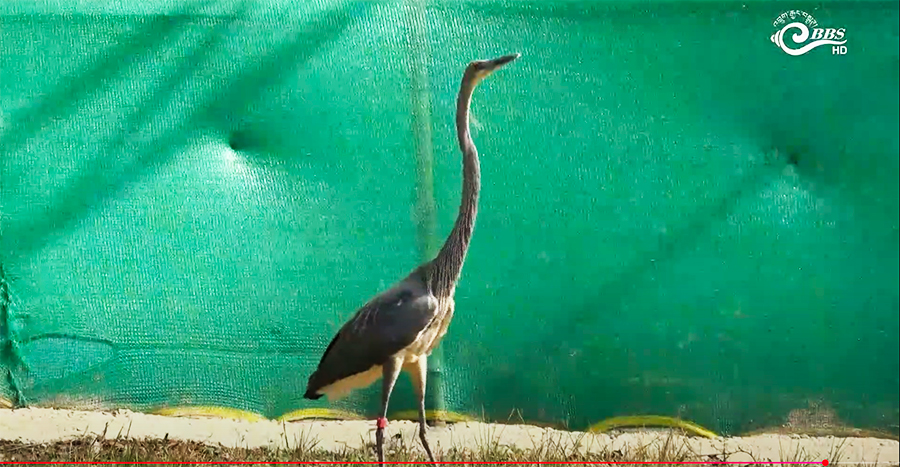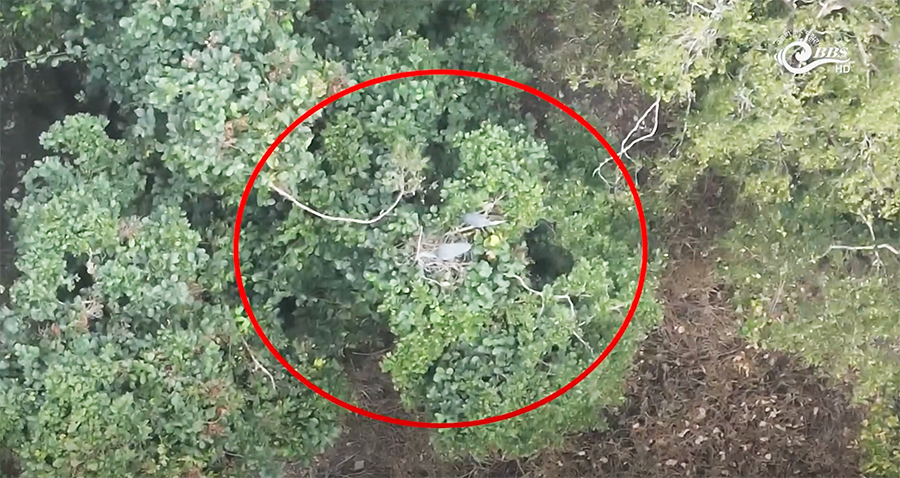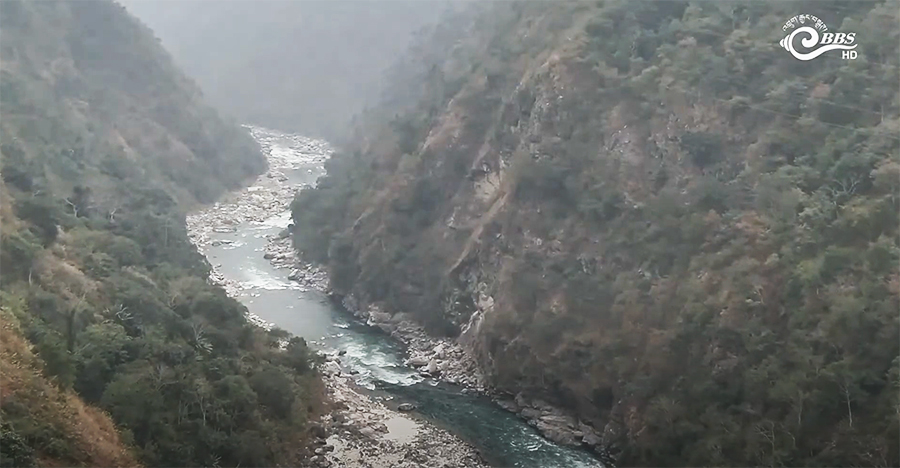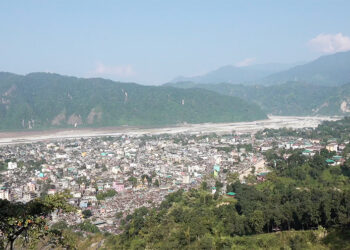 Drones may revolutionise White-bellied Heron conservation. The Royal Society for Protection of Nature (RSPN) tested drone technology to survey previously inaccessible habitats in Tsirang and Dagana. Since 2003, RSPN has led efforts to protect these critically endangered species, despite challenges from rugged terrain and dense forests.
Drones may revolutionise White-bellied Heron conservation. The Royal Society for Protection of Nature (RSPN) tested drone technology to survey previously inaccessible habitats in Tsirang and Dagana. Since 2003, RSPN has led efforts to protect these critically endangered species, despite challenges from rugged terrain and dense forests.
 With fewer than 60 individuals left in the world, the White-bellied Heron faces a constant battle for survival. Though they are also found in Northeast India and Myanmar, Bhutan is home to over 50 per cent of them.
With fewer than 60 individuals left in the world, the White-bellied Heron faces a constant battle for survival. Though they are also found in Northeast India and Myanmar, Bhutan is home to over 50 per cent of them.
RSPN’s Annual Survey last year found that Bhutan has 25 of these iconic species.
While conducting the feasibility of using drone technology this week, five White-bellied Herons were sighted with the drones.
Before the day breaks, a team of conservationists including RSPN officials, foresters, and an international drone expert set out for a remote and rugged stretch of the Punatshangchhu basin.
Traditional surveys in such areas are time-consuming and require extensive manpower. Moreover, RSPN says the herons are highly sensitive to human presence and may abandon their nests if disturbed. Without constant monitoring of the White-bellied Herons and their nests, many birds, especially the juveniles and eggs are lost to predators.
 This time, technology made the difference. A drone flight led the team to a nest and two herons, offering new hope for future conservation efforts.
This time, technology made the difference. A drone flight led the team to a nest and two herons, offering new hope for future conservation efforts.
“We have found that the drone is quite useful. So, we can access the area that we have not previously explored and also locate a new nest of White-bellied Heron,” said Tshering Tobgay, a research officer at RSPN.
 Drones have long been used in conservation efforts worldwide. Serge Wich, a UK-based professor and a drone expert gave the basic knowledge and hands-on experience to operate drones. Serge has been flying drones for almost two decades for survey and research.
Drones have long been used in conservation efforts worldwide. Serge Wich, a UK-based professor and a drone expert gave the basic knowledge and hands-on experience to operate drones. Serge has been flying drones for almost two decades for survey and research.
“We have learned on this trip that drones are highly effective in locating White-bellied Herons in areas where they are known to occur, but where it’s difficult to identify breeding sites. These locations are often challenging to reach on foot and can be dangerous to access, requiring significant time and effort. In such cases, drones prove to be an efficient solution. They can fly directly to the nest, capture the footage, and return without risk to people or disturbance to the herons. It’s truly a win-win situation,” said Serge Wich, a professor at Liverpool John Moores University, UK.
Serge, who has spotted a White-bellied Heron at Namdapha in Northeast India, praised RSPN’s deep knowledge of the species in Bhutan. He said that RSPN’s strong conservation network with forestry, local communities, and experts makes it easier to integrate drones into their efforts.
 The foresters in the team also noted the benefits of incorporating technology in conservation efforts.
The foresters in the team also noted the benefits of incorporating technology in conservation efforts.
 “Drones are not only for heron monitoring but they can be used to monitor wildlife in general. It will be useful for surveillance as well. Most importantly, they can scan places that are usually inaccessible to humans,” said Chimmi Dorji, a forest ranger at the Divisional Forest Office in Wangdue.
“Drones are not only for heron monitoring but they can be used to monitor wildlife in general. It will be useful for surveillance as well. Most importantly, they can scan places that are usually inaccessible to humans,” said Chimmi Dorji, a forest ranger at the Divisional Forest Office in Wangdue.
“We can easily monitor those inaccessible areas, and at the same time, it is cost-effective. It reduces manpower. Work that can be done by two or three people can be done by one. So, it has so many advantages, and adopting this technology is going to benefit a lot in the field of conservation,” said Karna Bdr. Kharka, a forest ranger at the Divisional Forest Office in Dagana, DoFPS.
The team used two drones for the study. One has a standard optical camera like the one on mobile phones and the other is equipped with a thermal infrared camera.
Serge said, “The thermal infrared camera is particularly useful when it is dark outside and you can’t see anything through the normal cameras. But animals show warmth and that is picked up by the camera. So, large mammals: gaur, elephants and deer are all animals that we can count on at night when they are in open areas. Also in some of the more open forests, those counts can be very useful for conservation efforts.”
Although the team did not spot herons at night, they spotted some other animals.
Serge said for White-bellied Heron surveys and monitoring, the normal camera is best suited for the Bhutanese landscape.
With the feasibility study proving to be a success, the RSPN is hopeful to incorporate drones in their upcoming Annual Population Survey.
Tshering Tobgay said, “So far we have been engaging hundreds of people to conduct our annual population survey and it is a huge expenditure. We need to spend almost Nu 1.5 M to conduct the survey and to monitor White-billed Herons. Now with the use of drone technology, I think it will also be very cost-effective.”
The White-bellied Heron holds a special significance in Bhutan. It was first spotted in the country by His Majesty The Fourth Druk Gyalpo in the 1970s.
The combination of cutting-edge technology and local expertise offers a new hope for the protection of these rare birds, ensuring that Bhutan remains a vital White-bellied Heron sanctuary for generations to come.
Devika Pradhan & Pema Tshewang, Tsirang
Edited by Kipchu









